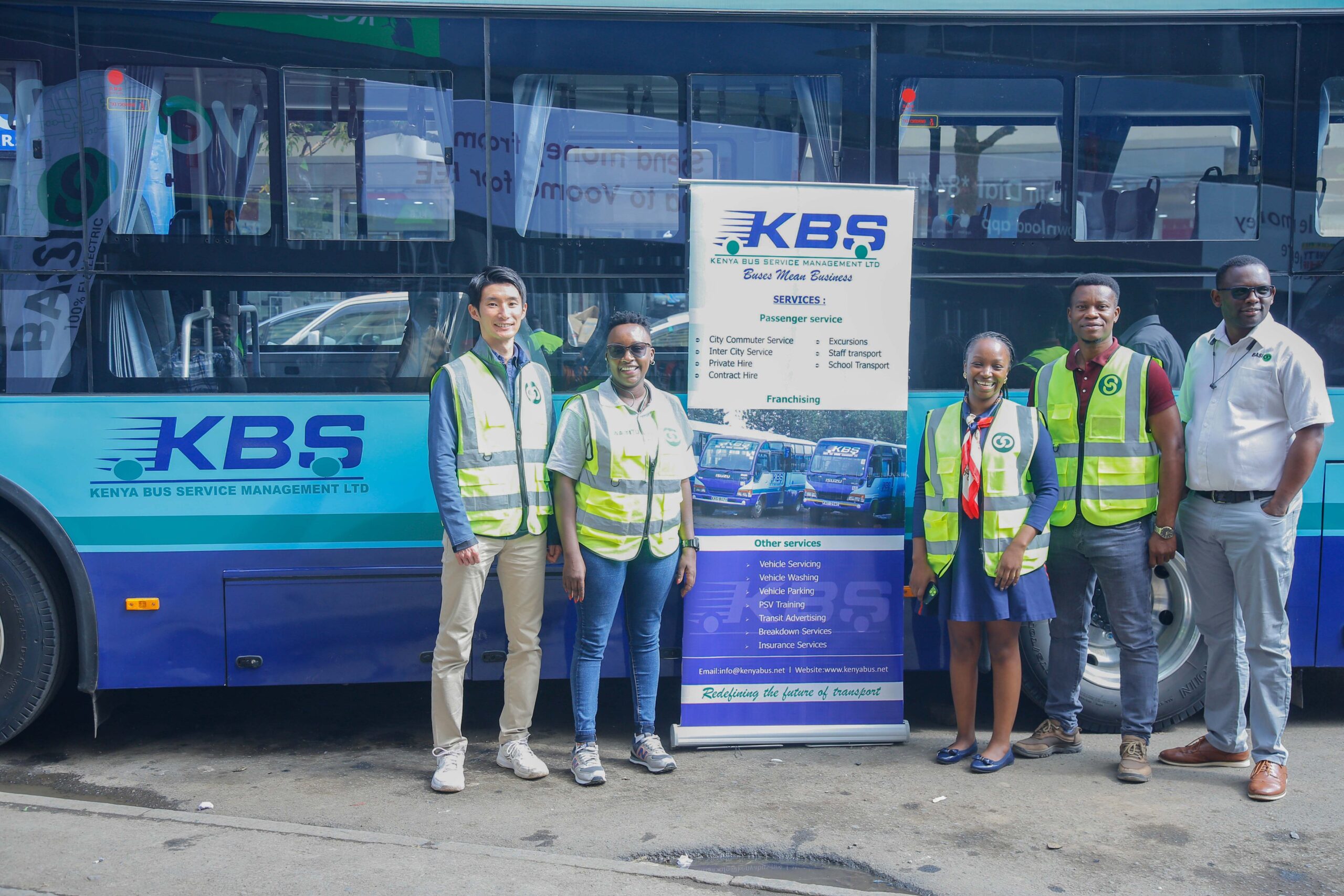Sign up for daily news updates from CleanTechnica on email. Or follow us on Google News!
Regular crashes, injuries, and even fatalities plague the traffic sector, highlighting the potential benefits of self-driving cars. When my daughters and I decided to take a Waymo to get to the museum across the city from us in San Francisco, we had no idea how safe we would or wouldn’t feel. Our experience changed that concern. One daughter said, “It does strike me that the car feels very safe and obviously less prone to human operator error. It is fun to sit back and relax and have privacy in the car while also not having to worry about driving or navigation.”
In comparison to any challenges or surprises presented by oncoming traffic, good human reflexes may occasionally result in a herky-jerky experience in order to avoid collisions. Waymo’s finesse as an automated EV is thanks to a superior sensor suite as its eyes, detecting locations that the human eye cannot see. The technology is “listening” to ensure the route is seamless and smooth. We noted that continually.

So, good news for more people looking for easy travel: Uber (NYSE: UBER) and Waymo are expanding their relationship to make the Waymo Driver available to more clients via Uber. Regardless of how I feel about robots replacing human workers, this is excellent news in terms of safer traffic. Waymo and Uber will deliver driverless ride-hailing in Austin and Atlanta only through the Uber app beginning in early 2025. Uber will handle and operate a fleet of Waymo’s fully autonomous, all-electric Jaguar I-PACE vehicles, which are projected to number in the hundreds. Uber explains that customers who request an UberX, Uber Green, Uber Comfort, or Uber Comfort Electric may be directed to a Waymo on certain routes.
I liked the simplicity of the Waymo app as it is in San Francisco, and have no experience otherwise. In fact, our 4th experience highlighted much faster, easier service with the Waymo app on an extremely busy day than we could get with the Uber app. We actually compared that.
Fast-growing Waymo continues to advance in different directions with this transition to robotaxis. Technology comes about slowly, it seems, and then boom, it’s here, emerging everywhere. I hope Waymo’s service with the Uber app continues to run as smoothly as we experienced it in San Francisco. The robot persona emanates patience, safety knowledge, and location, opting for easy spots to get onboard. Will Uber preserves the seamlessness of Waymo?
“We’re thrilled to build on our successful partnership with Waymo, which has already powered fully autonomous trips for tens of thousands of riders in Phoenix,” said Dara Khosrowshahi, CEO of Uber. “Soon, riders in Austin and Atlanta will be able to experience that same mobility magic, through a new fleet of dedicated autonomous Waymo vehicles, available only on Uber.”
“Waymo’s mission is to be the world’s most trusted driver, and we’re excited to launch this expanded network and operations partnership with Uber in Austin and Atlanta to bring the benefits of fully autonomous driving to more riders,” said Tekedra Mawakana, co-CEO, Waymo. “We’ve been delighted at the positive feedback from our Waymo One riders to date, and we can’t wait to bring the comfort, convenience, and safety of the Waymo Driver to these cities in partnership with Uber.”
Uber’s extended relationship will include fleet management services such as car cleaning, repair, and other general depot operations. Waymo will continue to be in charge of testing and operating the Waymo Driver, including roadside assistance and certain rider support tasks.
On a different note, aside from the success of Waymo’s market expansion, scientists are working to improve traffic infrastructure safety for self-driving EVs.
A self-driving car recently spent a morning navigating a curving street in Chattanooga by “listening” to the reflecting lane signs on the pavement. Authorities from the City of Chattanooga and Hamilton County, Tennessee, were shown the technique by experts from Oak Ridge National Laboratory and Western Michigan University.
“Researchers designed an algorithm that uses radio frequency sensing to schedule transmissions from the pavement markers to passing cars. “Now a car can receive data from 50 marker locations in a single signal snapshot,” said ORNL’s lead researcher, Ali Riza Ekti.
“A study found the chip-enabled markers were entirely successful at transmitting lane information on a variety of routes compared to a commercial vision processing system, which detected lanes on steep curves only 7% of the time,” S Heather Duncan of Oak Ridge National Laboratory adds.
Have a tip for CleanTechnica? Want to advertise? Want to suggest a guest for our CleanTech Talk podcast? Contact us here.
Latest CleanTechnica.TV Videos
CleanTechnica uses affiliate links. See our policy here.
CleanTechnica’s Comment Policy



